Publications
Rendering Iridescent Rock Dove Neck Feathers
Weizhen Huang, Sebastian Merzbach, Clara Callenberg, Doekele G. Stavenga, Matthias B. HullinIn Proceedings of SIGGRAPH 2022 (Conference Papers), 2022.
A practical appearance model for iridescent feathers.
A Microfacet-based Hair Scattering Model
Weizhen Huang, Matthias B. Hullin, Johannes HanikaComputer Graphics Forum 41 (4) (Proc. EGSR 2022), 2022.
The first fiber scattering model based on physically plausible macro-, meso-, and microgeometry.
Computational Parquetry: Fabricated Style Transfer with Wood Pixels
Julian Iseringhausen, Michael Weinmann, Weizhen Huang, Matthias B. HullinACM Transactions on Graphics 39 (2), 2020.

A new computational woodworking technique enabled by analysis of features found in natural materials.
Trigonometric moments for editable structured light range finding
Sebastian Werner, Julian Iseringhausen, Clara Callenberg, Matthias B. HullinProc. Vision, Modeling and Visualization, Rostock, Germany , 2019.
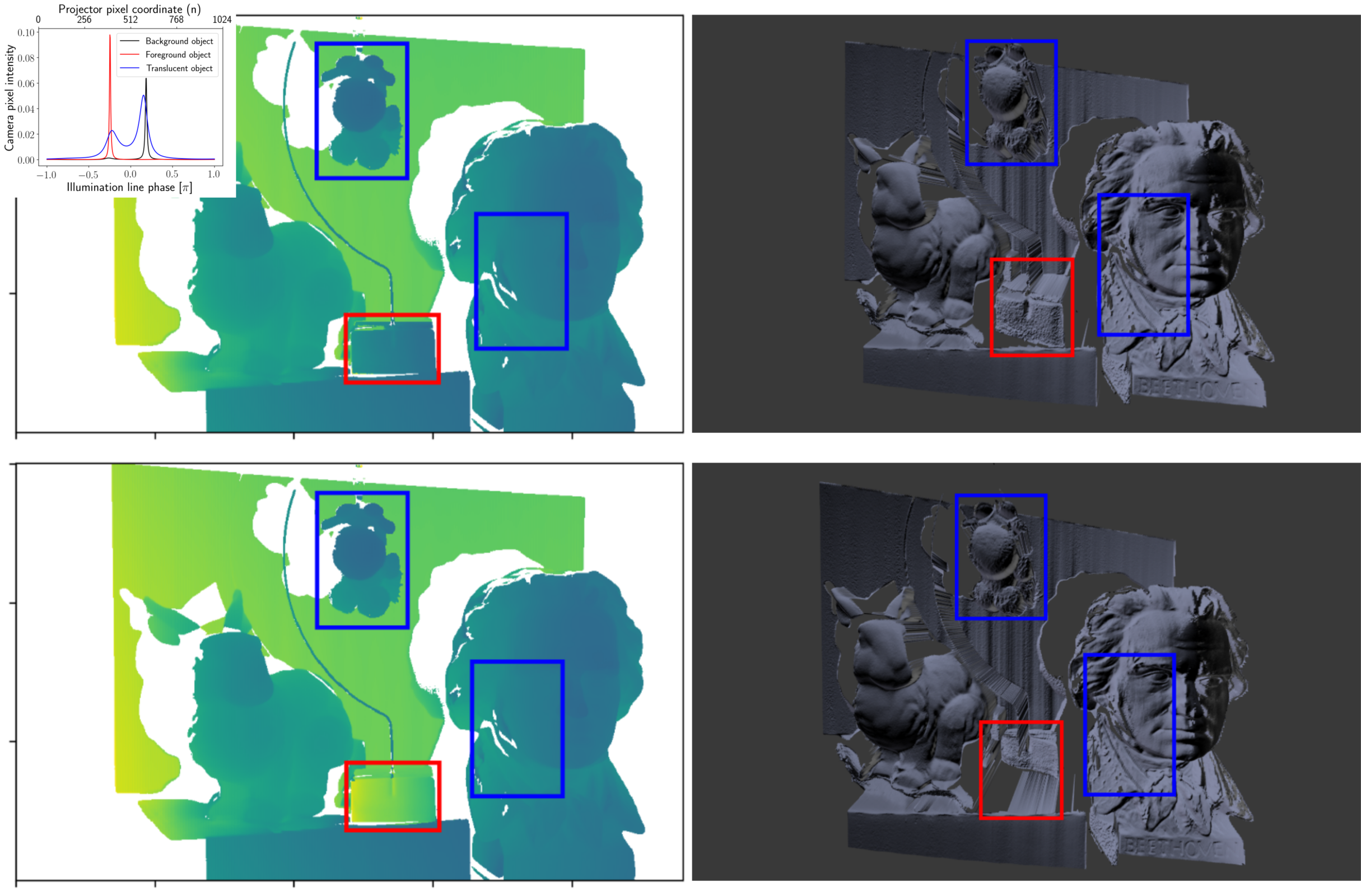
We enhance existing structured light phase shifting methods by using trigonometric moments.
Real-Time Rendering of Wave-Optical Effects on Scratched Surfaces
Zdravko Velinov*, Sebastian Werner*, Matthias B. Hullin (* joint first authors)Computer Graphics Forum 37 (2) (Proc. EUROGRAPHICS), 2018.
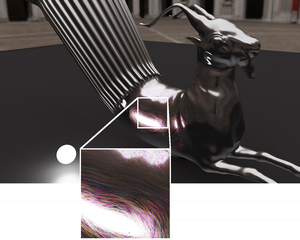
In this paper, we develop closed-form solutions for illuminating our iridescent scratch model with spherical and polygonal area light sources, bringing this effect within reach of real-time applications for the first time.
A Quantitative Platform for Non-Line-of-Sight Imaging Problems
Jonathan Klein, Martin Laurenzis, Dominik L. Michels, Matthias B. HullinIn Proceedings of British Machine Vision Conference (BMVC 2018), Northumbria University, Newcastle, UK, September 3-6, 2018, 2018.
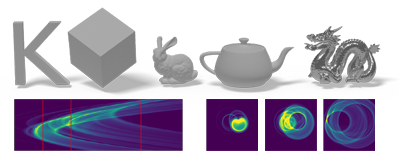
In this paper, we present a reference database of time-resolved light echoes for non-line-of-sight sensing.
Digital Transmission of Subjective Material Appearance
Rodrigo Martín, Michael Weinmann, Matthias B. HullinProc. WSCG, 2017.

How well do various digital appearance representations perform at communicating the "touch and feel" of materials?
Scratch Iridescence: Wave-Optical Rendering of Diffractive Surface Structure
Sebastian Werner*, Zdravko Velinov*, Wenzel Jakob, Matthias B. Hullin (* joint first authors)ACM Transactions on Graphics 36(6) (Proc. SIGGRAPH Asia), 207:1--207:14, 2017.
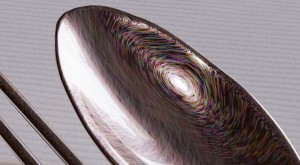
Many real-world surfaces are covered in fine scratches that diffract light in colorful ways. Our model seamlessly transitions between ray optics and wave optics to recreate this intricate effect.
An Interactive Appearance Model for Microscopic Fiber Surfaces
Zdravko Velinov and Matthias HullinProc. Vision, Modeling and Visualization, Bayreuth, Germany, 2016.

A reflectance model for pile fabrics that you can "draw on" using your fingers, like velvet or Alcantara.
Dynamic Display of BRDFs
Matthias B. Hullin, Hendrik P. A. Lensch, Ramesh Raskar, Hans-Peter Seidel, Ivo IhrkeComputer Graphics Forum (Proc. EUROGRAPHICS), 2011.
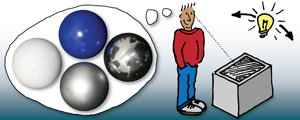
We define the problem of physically displaying material appearance, and demonstrate a conceptual device that exhibits precisely controllable reflectance distributions by generating waves on a water surface.